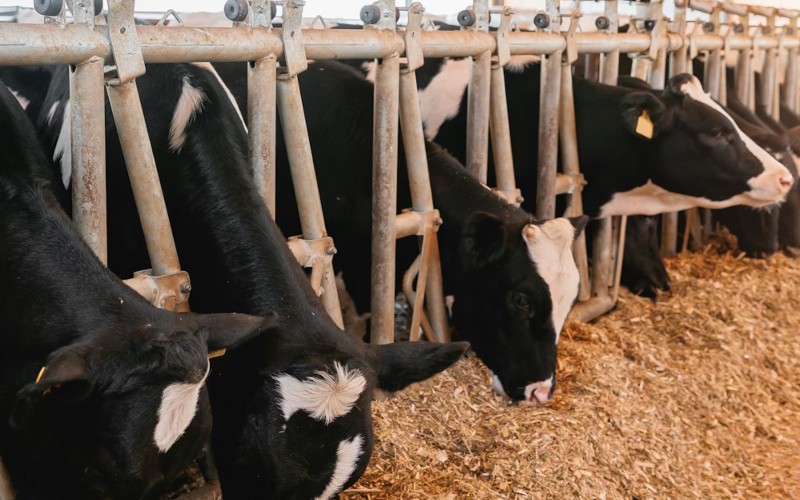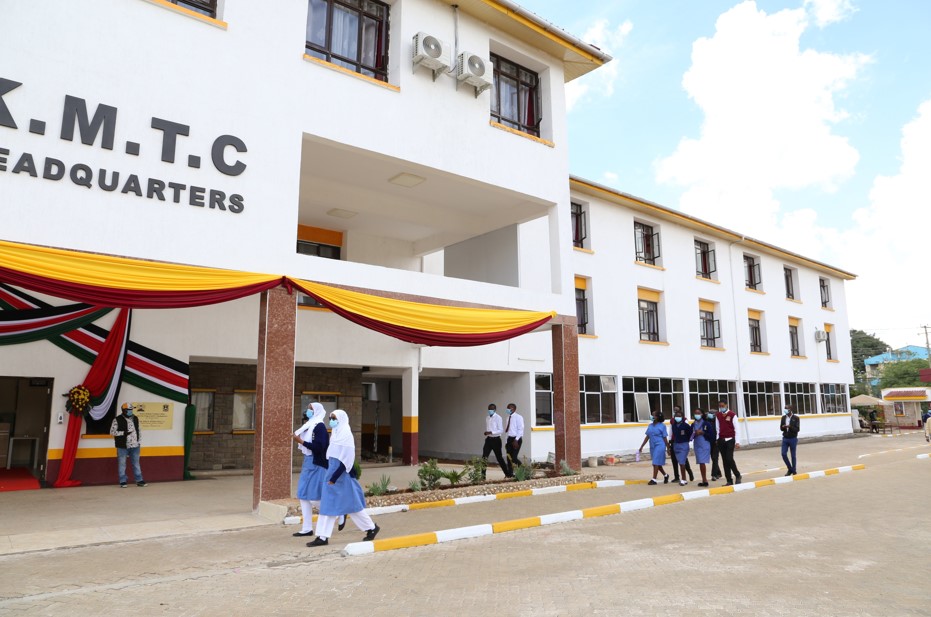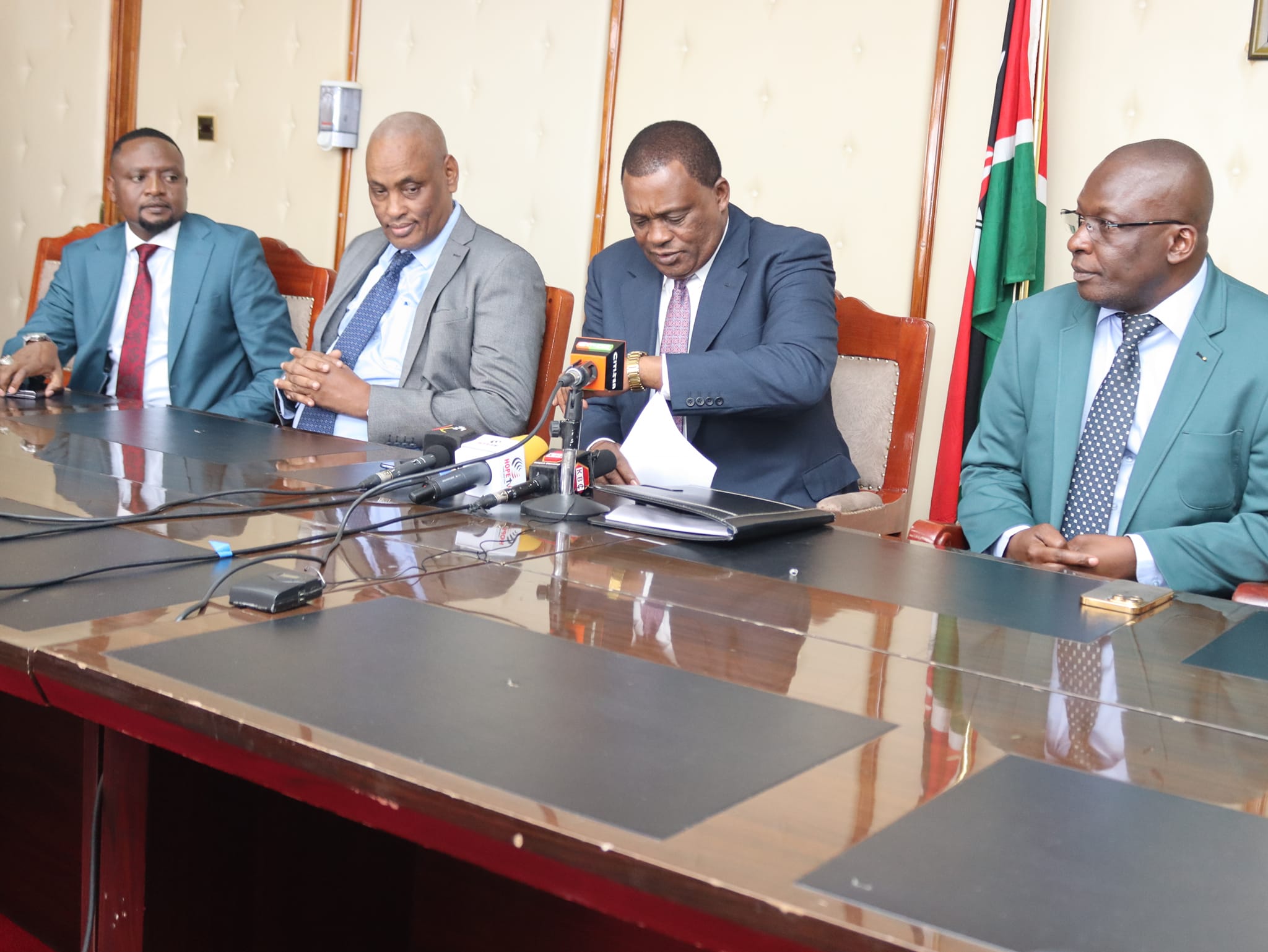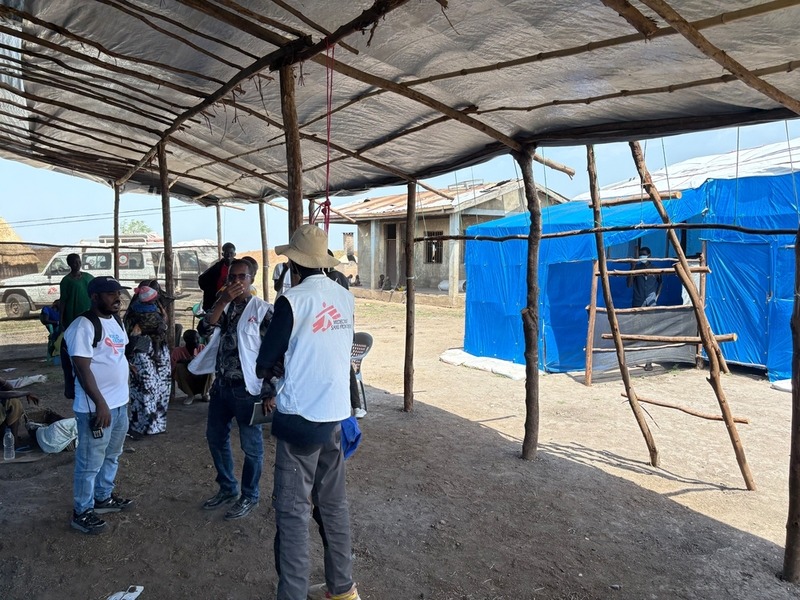April to bring heavy rainfall, warmer temperatures - weatherman
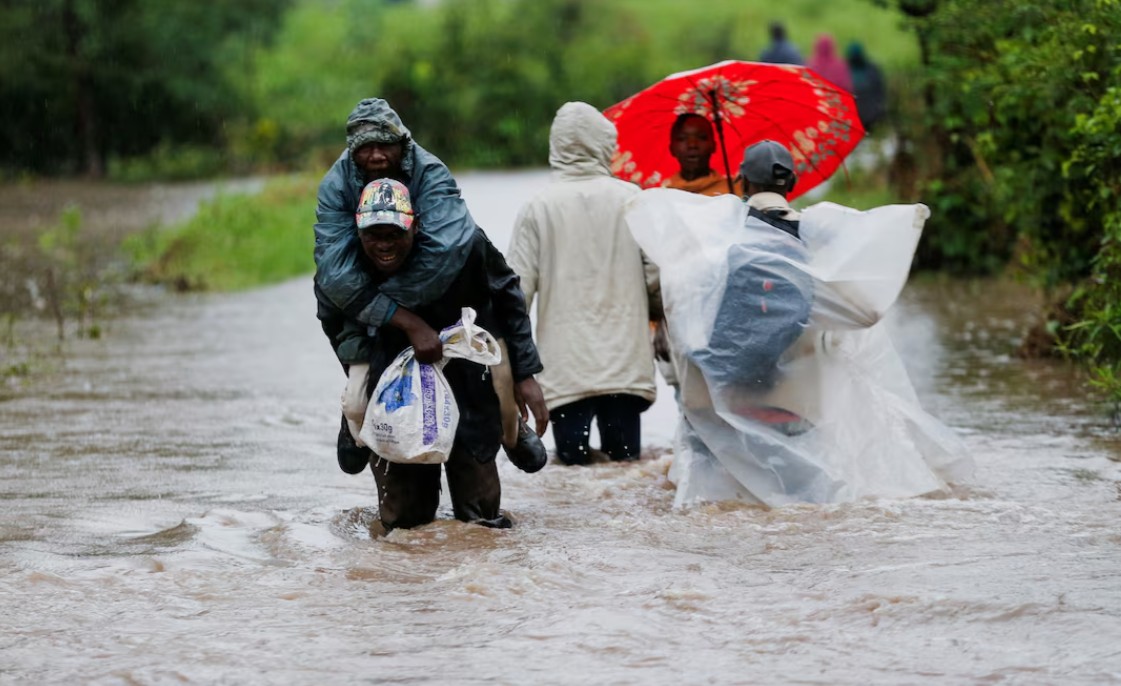
The weatherman also raised concerns about the potential increase in water and vector-borne diseases in areas receiving near-to-above-average rainfall.
Kenyans have been urged to prepare for heavy rains and warmer temperatures in April.
In its weather outlook for April 2025, the Kenya Meteorological Department has warned of heightened rainfall and above-average temperatures across the country, with regions such as Nairobi, the Lake Victoria Basin, and the Highlands West of the Rift Valley expected to receive enhanced rainfall.
More To Read
- Kenya Met forecasts intermittent showers, cold nights over next five days
- Met Department forecasts wet, sunny conditions across Kenya in next five days
- KEMRI, Health Ministry warn of potential malaria outbreak in Kakamega
- More rain, possible flooding expected across Kenya this week- Met
- Nairobi County issues public health alert as heavy rains trigger flooding, contamination fears
- Five-day forecast predicts intense rainfall across the country
“April marks the peak of the ‘Long Rains’ season, and near-to-above-average rainfall is expected across most parts of the country. We anticipate that areas like the Lake Victoria Basin, Highlands West of the Rift Valley, the Rift Valley, and parts of the Highlands East of the Rift Valley will experience more than usual rainfall, with occasional storms likely to occur,” Director of Meteorological Services David Gikungu said.
The department’s forecast highlights that areas such as the Lake Victoria Basin, Highlands West of the Rift Valley, Rift Valley, Highlands East of the Rift Valley, Nairobi, South-Eastern Lowlands, Northwestern, and parts of Northeastern Kenya are likely to receive enhanced rainfall.
However, the Coastal region and some areas of Northeastern Kenya are expected to experience near-average rainfall.
The forecast further specifies that counties such as Siaya, Kisumu, Homa Bay, Migori and Kisii in the Lake Victoria Basin will likely experience near-to-above-average rainfall.
Other areas, such as Turkana and Samburu in the Northwest, are also expected to receive occasional rainfall, with amounts expected to be near to above the long-term average.
Similarly, counties in the Highlands East of the Rift Valley, including Nyeri, Kirinyaga, and Nairobi, are forecasted to receive near-to-above-average rainfall, with occasional storms expected.
Gikungus said the expected rainfall is beneficial for agriculture, particularly in the Highlands West and East of the Rift Valley, the Lake Victoria Basin, and the South-Eastern Lowlands.
“The increased rainfall will support crop growth, and pasture regeneration is anticipated in the ASAL regions of northern Kenya. However, the risk of land degradation and soil erosion in areas with heavy rainfall remains a concern,” he said.
Flash floods
He also noted that there is a possibility of isolated storms, which could cause flash floods in poorly-drained urban areas and along rivers in the Highlands East of the Rift Valley, Nairobi, and the Lake Victoria Basin.
He cautioned against walking, driving, or cycling in moving waters, as the storms could lead to life-threatening conditions.
Additionally, the risk of landslides in high-risk areas and lightning strikes in regions like Kisii and Kisumu was highlighted.
The department further said that the expected rainfall will enhance water availability, with significant benefits for both domestic and livestock use.
“The public is urged to adopt rainwater harvesting practices, which will also help to boost hydropower generation and groundwater recharge for geothermal power production,” the department said.
The weatherman also raised concerns about the potential increase in water and vector-borne diseases in areas receiving near-to-above-average rainfall. Gikungu stressed the importance of using insect-treated nets and embracing water and sanitation hygiene (WASH) practices to reduce disease risks.
Motorists have been advised to exercise caution on roads, especially during heavy rainfall, as slippery roads and poor visibility could lead to accidents.
The department has further urged the public to stay informed and take necessary precautions against potential weather-related disruptions.
“While the rains will be beneficial for agriculture and water resources, the public must remain vigilant to the risks posed by flash floods, landslides, and storm-related hazards,” Gikungu said.
Top Stories Today














